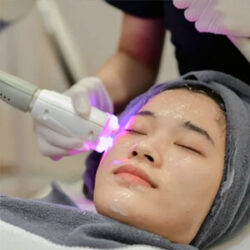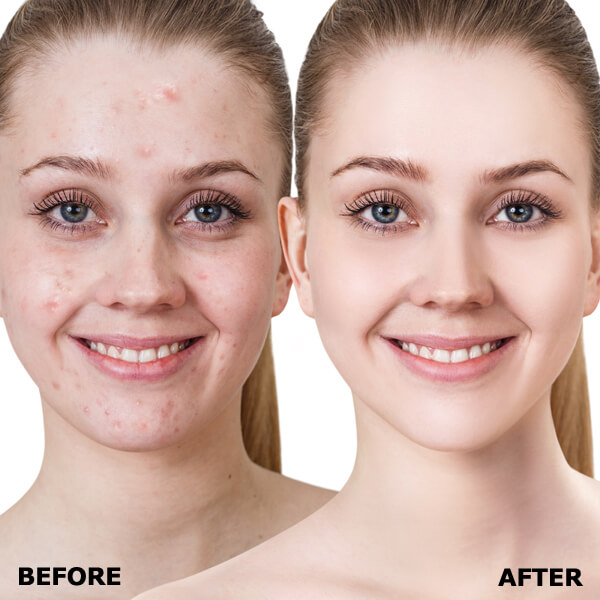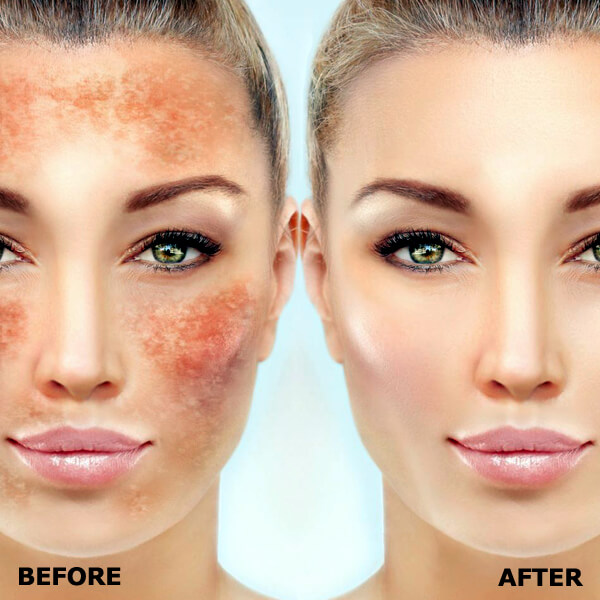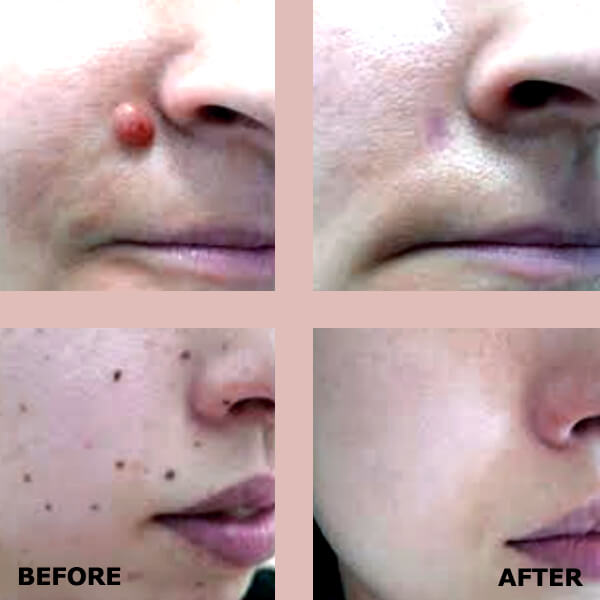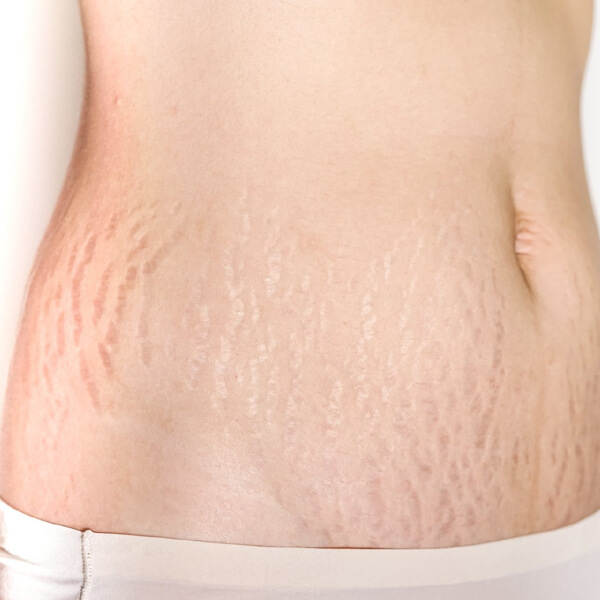1. Why would you want to remove moles/skin tags/cysts?
There can be various reasons why you would want to remove any of these. They may be aesthetically unappealing, they may be growing in size, there may be a sudden change in color or growth pattern, or they may bleed or get infected. Very rarely, moles have the risk of converting into cancerous growths, so it is important to get medical advice whenever there is a change in shape, size, colour of any mole, or if there is bleeding from the mole.
2. Is mole removal painful?
The mole removal process uses local anaesthesia, which prevents any pain during the procedure. You might feel slight discomfort following the procedure, but it should disappear after one or two days.
3. Will removal of a mole or cyst result in scarring?
Visible scarring after mole or cyst removal depends on the growth’s size and depth, but can be reduced through expert surgical methods.
4. Can a cyst come back after removal?
The cyst could return if the dermatologist or surgeon fails to remove the entire cyst sac. Professional complete removal typically eliminates the possibility of the condition coming back.
5. Are lipomas dangerous?
Lipomas are benign and usually harmless. They may require removal when lipomas become large enough to cause pain or interfere with movement.
6. What is the expected duration for surgical recovery?
Most patients regain functionality within several days to one week following surgery. The procedure will determine whether you need to maintain cleanliness around the area and avoid physical exertion.
7. Is laser mole removal safe?
Laser mole removal becomes a safe and effective procedure for small superficial moles when performed by qualified dermatologists.
8. What are the benefits of removing moles & tags?
- Improved appearance: The removal of moles, skin tags, and other types of skin swellings can improve the appearance of the skin and may help to boost self-confidence.
- Reduced discomfort: Depending on the location of the mole or swelling, it may cause discomfort or irritation. Removing these growths can help to alleviate these symptoms.
- Prevention of complications: In some cases, moles, cysts, and other types of skin swellings can become infected or develop into cancerous growths. Removing these growths can help to prevent potential complications.
- Quick and simple procedure: Many of these procedures can be performed quickly and with minimal downtime, allowing patients to resume their normal activities shortly after the procedure.
- Low risk of complications: These procedures are typically low-risk, with a low likelihood of complications such as infection or scarring.
- Pathological analysis: In some cases, the removed tissue may be sent for pathological analysis to rule out the possibility of cancer or other underlying conditions. This can provide peace of mind for the patient and allow for early detection and treatment of any potential health concerns.





